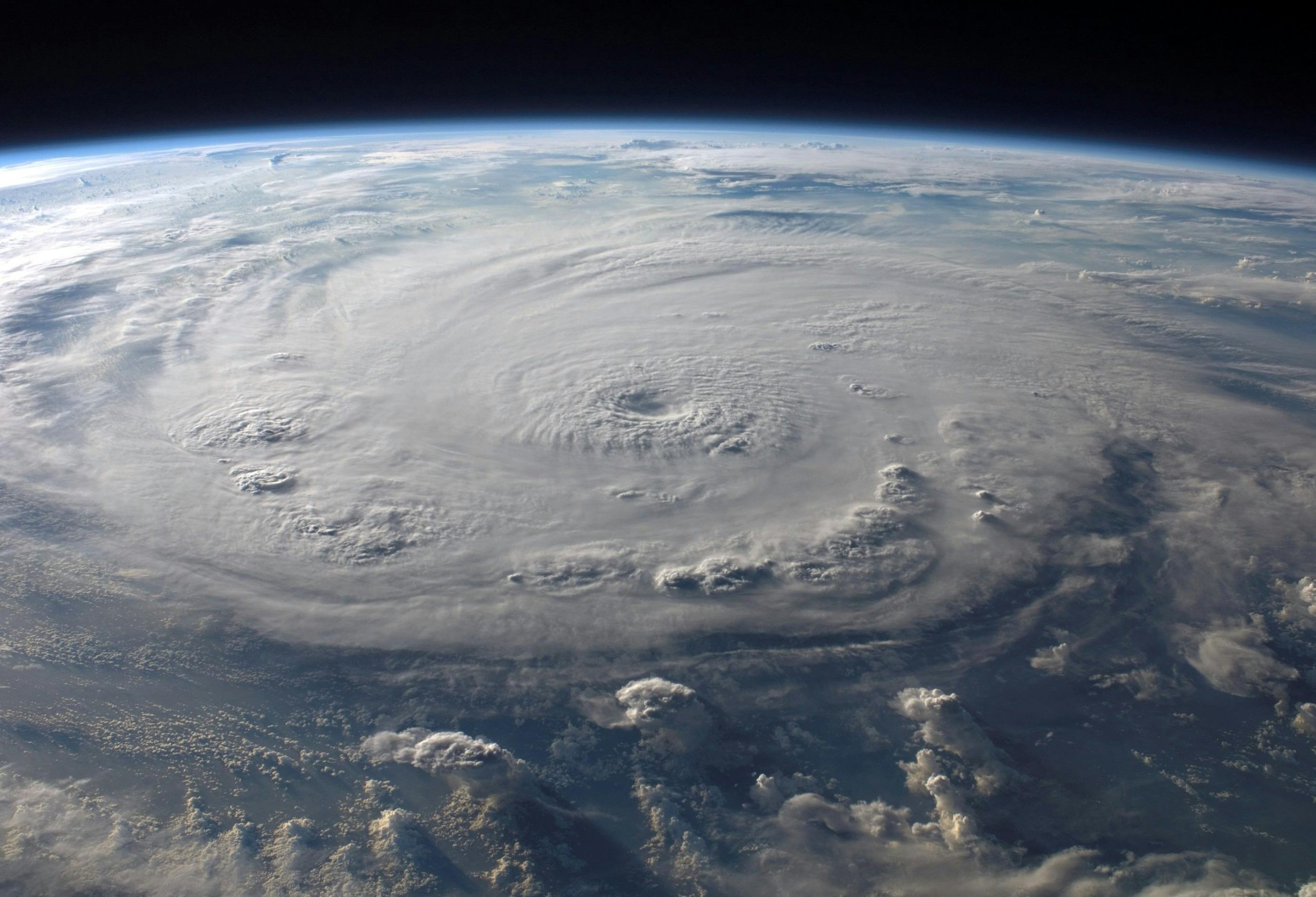NOAA predicts worst Atlantic hurricane season

Santo Domingo.- The Atlantic basin is expected to experience higher-than-normal hurricane activity this year, according to forecasts from the National Weather Service of the National Oceanic and Atmospheric Administration (NOAA).
NOAA’s outlook for the 2024 Atlantic hurricane season, running from June 1 to November 30, predicts an 85% chance of an above-normal season, a 10% chance of a near-normal season, and a 5% chance of a below-normal season.
The forecast includes a total of 17 to 25 named storms (with winds of 39 mph or greater). Of these, 8 to 13 are expected to become hurricanes (with winds of 74 mph or greater), including 4 to 7 major hurricanes (Category 3, 4, or 5; with winds of 111 mph or greater). Forecasters are 70% confident in these ranges.
This above-normal hurricane activity is attributed to several factors, including near-record warm ocean temperatures in the Atlantic Ocean, the development of La Niña conditions in the Pacific, reduced Atlantic trade winds, and lower wind shear—all of which favor the formation of tropical storms.
“With another active hurricane season approaching, NOAA’s commitment to keeping all Americans informed with life-saving information is unwavering,” said NOAA Administrator Rick Spinrad. He highlighted that “AI-enabled language translations and a new representation of inland wind threats in the forecast cone are just two examples of the proactive steps our agency is taking to fulfill our mission to save lives and protect property.”
As one of the strongest El Niño events ever observed nears its end, NOAA scientists predict a rapid transition to La Niña conditions, which favor Atlantic hurricane activity by decreasing wind shear in the tropics. Additionally, abundant ocean heat content in the tropical Atlantic Ocean and Caribbean Sea provides more energy for storm development.
This hurricane season may also feature an above-normal West African monsoon, which can produce African easterly waves that generate some of the strongest and longest-lasting Atlantic storms. Light trade winds further allow hurricanes to strengthen without interruption from strong wind shear and minimize ocean cooling.
Human-caused climate change is warming our oceans globally and in the Atlantic basin, leading to melting ice on land, rising sea levels, and increased storm surge risks. Sea level rise represents a clear human influence on the potential damage from hurricanes.
















